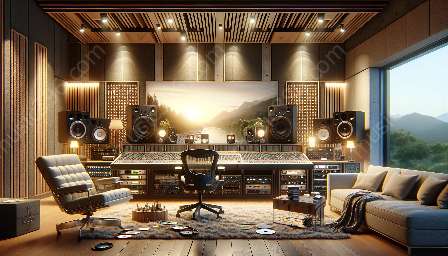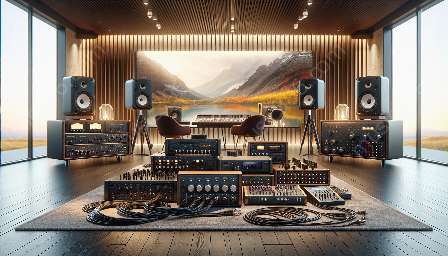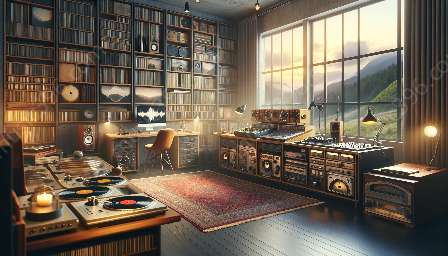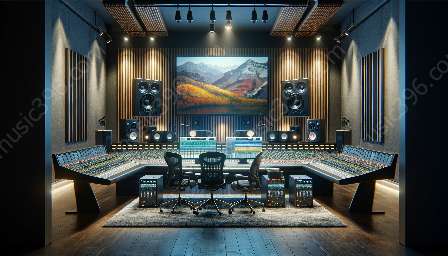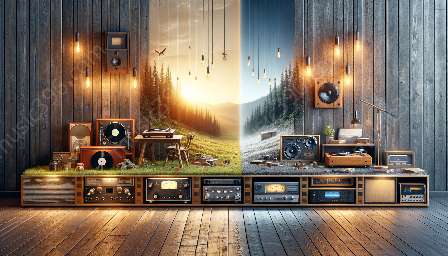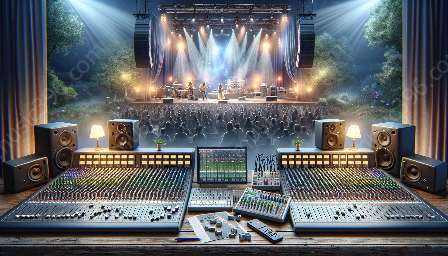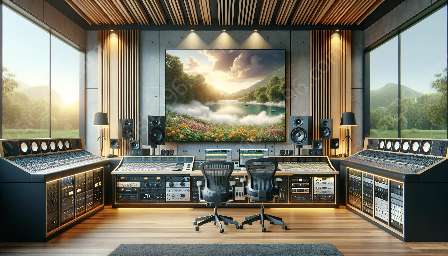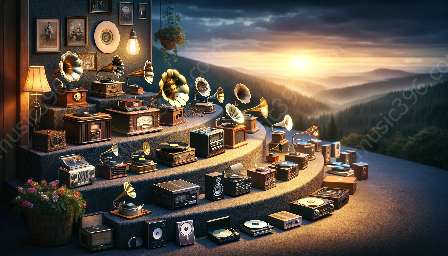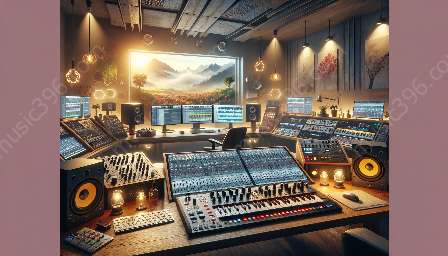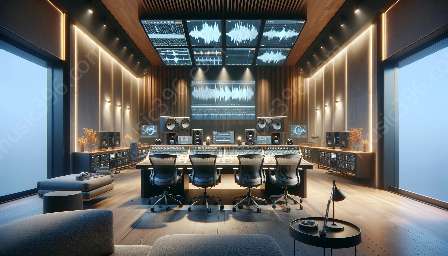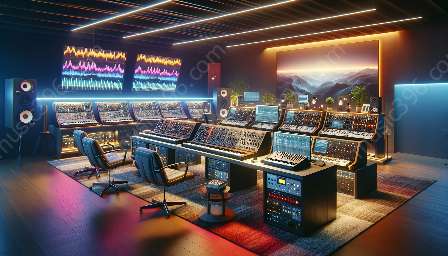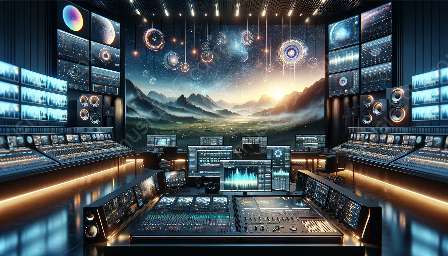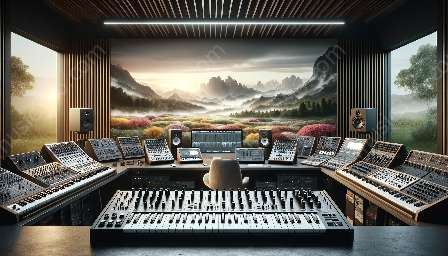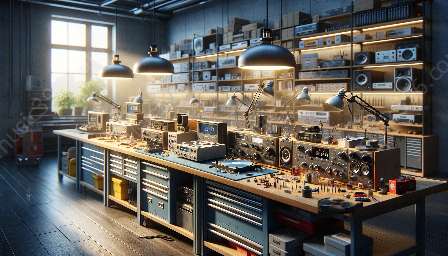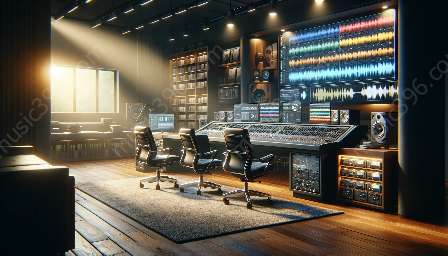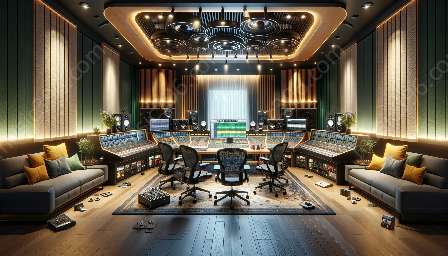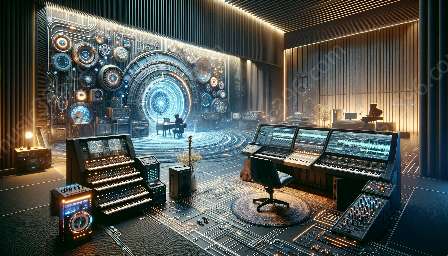Live sound production relies on a variety of components to create an authentic and captivating audio experience. Understanding the different elements of live sound setups is essential for producing high-quality music and ensuring compatibility with CDs and audio systems.
1. Mixing Consoles
A mixing console serves as the control center for live sound setups. It allows sound engineers to adjust and blend the levels, frequencies, and effects of audio signals from multiple sources, such as microphones, instruments, and playback devices. Modern mixing consoles often feature digital controls and advanced signal processing capabilities to meet the demands of live sound production.
2. Microphones
Microphones capture sound from vocalists and instruments, converting acoustic energy into electrical signals. In live sound setups, microphones play a crucial role in amplifying and transmitting sound to the audience. Different types of microphones, including dynamic, condenser, and ribbon, offer unique characteristics, making them suitable for various applications in live performances and recording environments.
3. Signal Processors
Signal processors are essential for manipulating audio signals in live sound production. They include devices such as equalizers, compressors, and effects processors, which enable sound engineers to shape and enhance the sonic qualities of the music. Signal processors contribute to achieving a polished and impactful sound, especially when optimizing audio for CDs and other playback media.
4. Amplifiers
Amplifiers are responsible for increasing the power and amplitude of audio signals, ensuring that the sound can reach the audience with clarity and potency. In live sound setups, amplifiers drive speakers and monitor systems, delivering the necessary energy to fill venues of varying sizes. High-quality amplifiers are crucial for maintaining fidelity and consistency in audio reproduction, aligning with the requirements of CD and audio playback standards.
5. Loudspeakers
Loudspeakers translate electrical signals into audible sound waves, providing the primary means of delivering music to the audience. Different types of loudspeakers, including line arrays, point source speakers, and subwoofers, contribute to creating immersive and balanced soundscapes in live performances. Proper speaker placement and configuration are crucial for achieving optimal audio coverage and fidelity, ensuring that live sound setups are compatible with CDs and audio systems.
6. Playback Devices
CD players and audio interfaces form an integral part of live sound setups, allowing for seamless integration of recorded music and pre-recorded sound effects into live performances. Playback devices contribute to the versatility and flexibility of live sound production, enabling artists and sound engineers to incorporate pre-existing audio content while maintaining coherence with CD and audio standards.
Conclusion
Live sound setups encompass a rich array of components, each playing a unique role in shaping the sonic landscape of live performances. By understanding the functions and interactions of components such as mixing consoles, microphones, signal processors, amplifiers, loudspeakers, and playback devices, sound engineers and musicians can optimize their setups for compelling and high-fidelity audio experiences that are compatible with CDs and audio systems.


